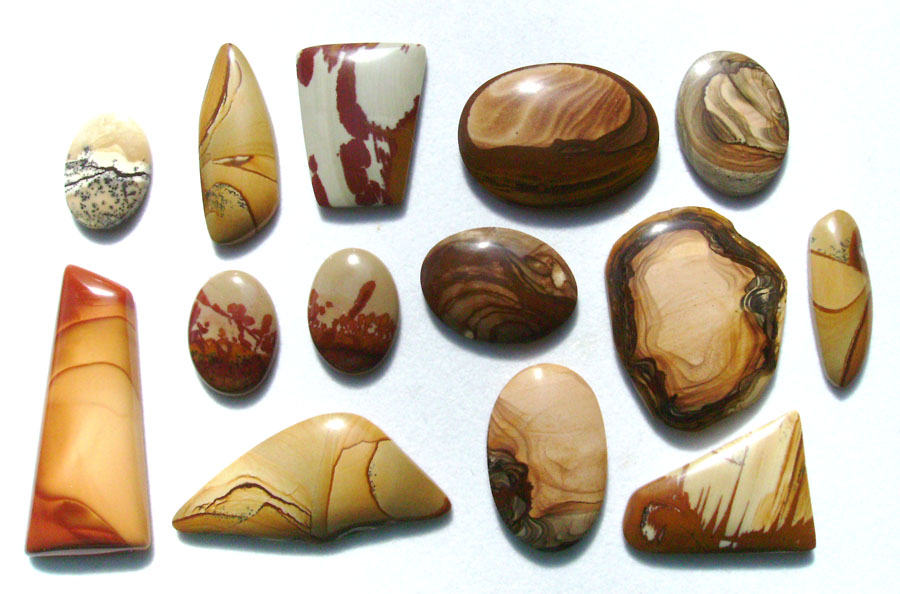

It tends to be pink, green, and white, with some clearly defined orbs, sometimes yellow. It was approximately 35 feet long by 15 feet wide.Ī third vein was found in 2013 but was tapped out after only six months. It tends to have a wider range of colors, including more reds and yellows, with some extremely clear orbs, often in bulls-eyes. The second vein was mined from 2005-2006. It was approximately 90 feet long by 25 feet wide. It tends to be green, pink, and white, with less clearly defined orbs. Additional material was sometimes found through surface mining, often revealed by extreme weather. The first vein was the largest, the second was much smaller, and the last two were even smaller. What are the different varieties of Ocean Jasper®?Įight different veins of Ocean Jasper® have been discovered in Marovato and each has produced slightly different looking stones. Kabamby Ocean Jasper® is often confused with Kabamba Jasper, a green and black rhyolite with eye shaped patterning from central Madagascar instead. (The name “Kabamby” does not translate into anything else in Malagasy.)

(The name Marovato means “many stones” in Malagasy.)Ģ: Near the village of Kabamby, about a mile and a half inland, known for its consistent green and yellow colors, opaqueness, and geometric patterning created by contact between orbs. There are actually two different deposits, about ten miles apart:ġ: Near the village of Marovato, directly on the shoreline, known for its multicolored orbs, translucency, and druzy. It is found in the Analalava district of the Sofia region in the former province of Mahajanga. Ocean Jasper® only comes from one place in the world, northwestern Madagascar. The slab on the bottom/right came from Marovato and the top/left from Kabamby.) Marovato is on the coast, Kabamby is further inland.

The pins in the map above are by their names. (Although all Ocean Jasper® comes from one area in Madagascar, there are actually two different deposits. Polarized light microphotography of Ocean Jasper®, courtesy of Lee Bills, ©2015. Below: Growth interference between orbs, producing irregular polygrams. Middle: Orbs and granular chalcedony and quartz. (Above: Crosscut of an orb, made of fibrous chalcedony with an iron oxide included center. Irregular polygrams are produced where two or more of the orbs touch one another, a formation sometimes seen on a larger scale, especially in material from Kabamby. When thin sections of Ocean Jasper® are examined under a polarized light microscope, the stone is revealed to be fibrous chalcedony spherulites, the flower like patterns, among grains of chalcedony and quartz. Below: Contact between orbs in rough Kabamby Ocean Jasper®, producing irregular polygons.) (Above: A cross cut of a sphere in Kabamby Ocean Jasper®. It is easy to forget that the bulls-eyes, flowers/stars (orbs surrounded by druzy quartz), and irregular polygons are all crosscuts of three dimensional objects. In geology a spherulite is a spherical body, created by radial growth around a central point, like the spokes of a wheel. Spherulitic refers to spherulites, a more technical name for the orbs.

He theorized that it is a sphärolithischer Chalcedon (German, “spherulitic or orbicular chalcedony”). The best known research on Ocean Jasper® is by Dr. Polarized light microphotography of Ocean Jasper® courtesy of Becca Hahn, ©2015.) ny) is more technically pronounced “kal-seh-duh-knee”, it is more commonly said like “kal-suh-dough-knee”.By definition jasper is not translucent, unless cut extremely thin.Īlthough chalcedony (chal Its capacity to transmit light is a characteristic of chalcedony. It is actually the mother stone of many semiprecious gems: banded chalcedony is better known as agate, red as carnelian, and black as onyx, etc. The variety of quartz known as chalcedony is often unfamiliar to people. Some pieces have agate banding or druses of clear quartz, a coating of tiny crystals, known more commonly as “druzy”. Although commonly described as an orbicular jasper, the most recent research suggests it is the mineral chalcedony instead. Ocean Jasper® is a trademarked name for a multicolored stone from Madagascar, typically with spherical patterning. Looking for the metaphysical properties of Ocean Jasper®? Check out my other blog here. (A selection of flat Ocean Jasper® pebbles showing its range of colors, patterns, and translucency, sometimes even in the same piece.) An Introduction to Ocean Jasper® by Christopher Lee Matthews


 0 kommentar(er)
0 kommentar(er)
